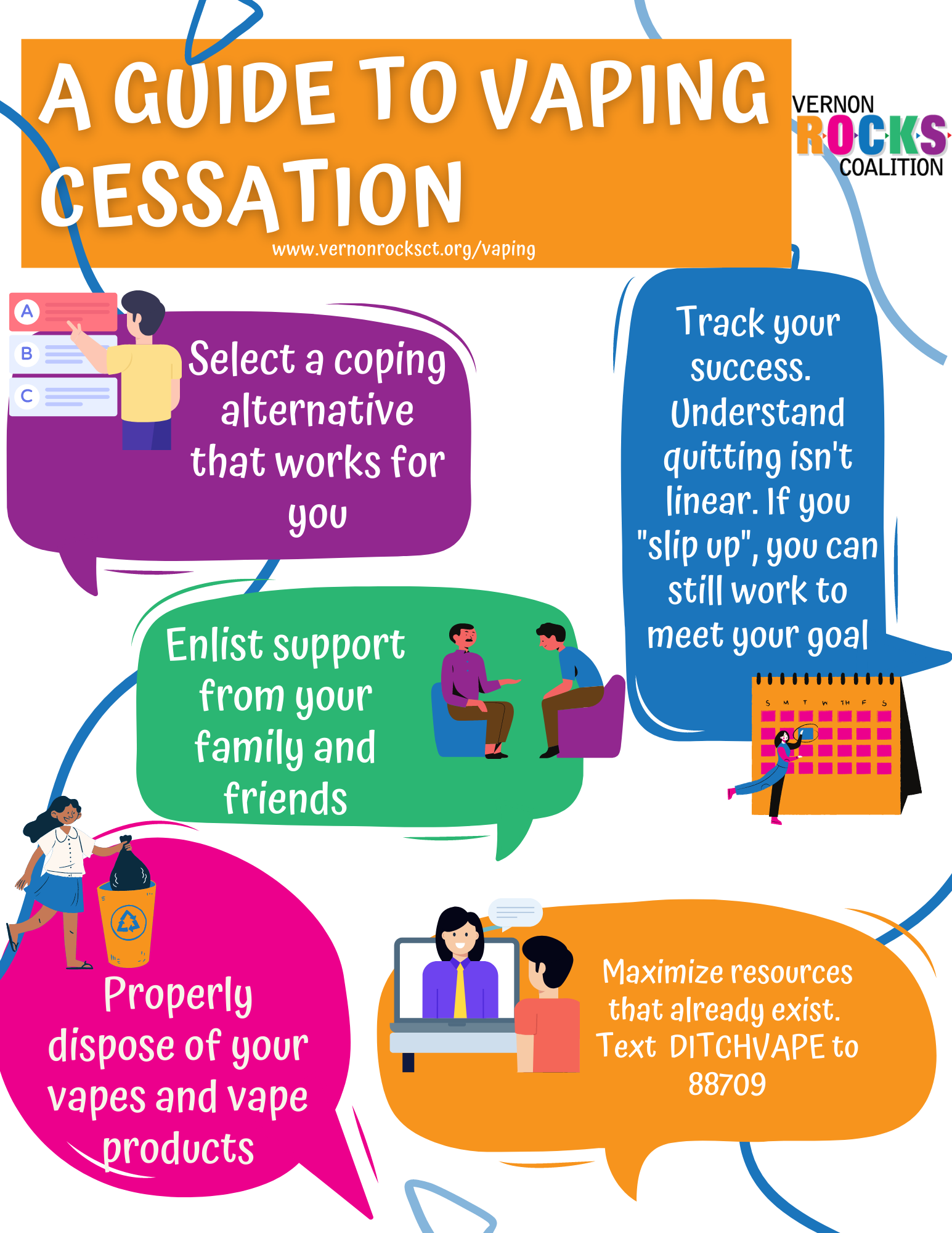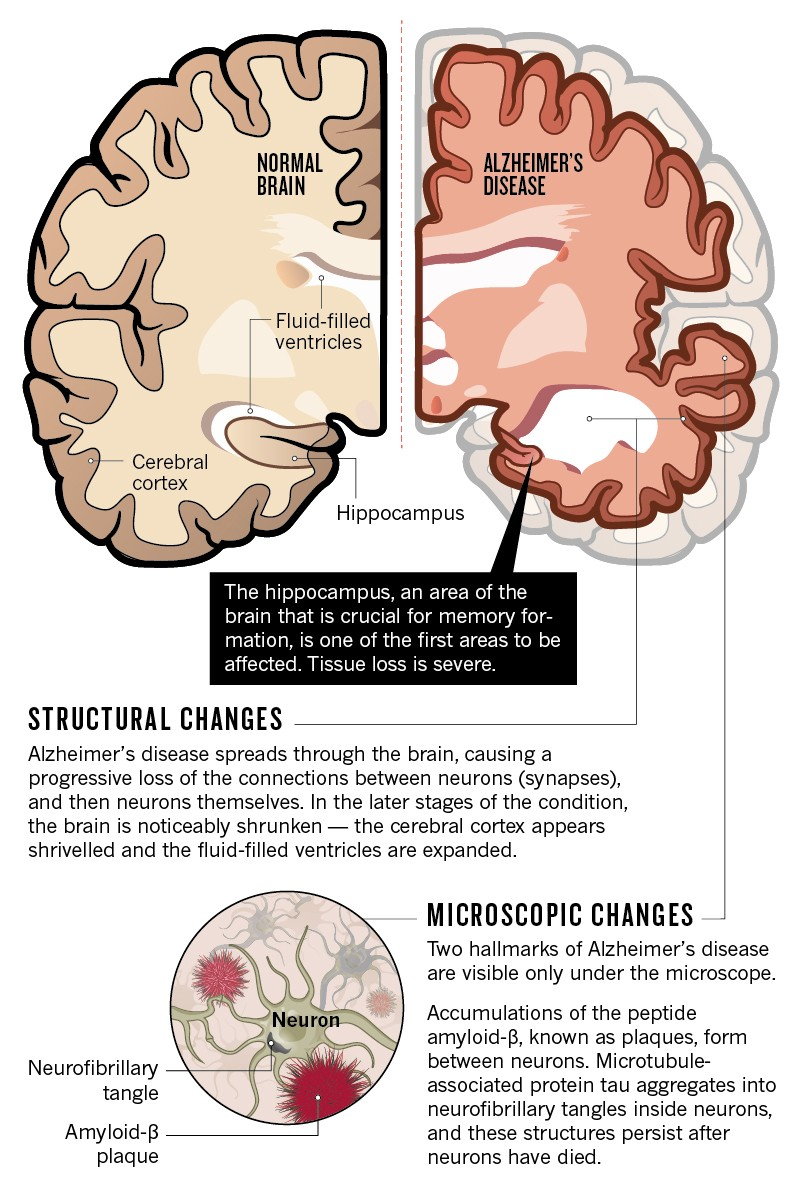The vaping cessation pill known as varenicline is making waves as a groundbreaking solution for those looking to quit nicotine vaping. Recent research has highlighted its effectiveness, revealing that teens and young adults using this FDA-approved smoking cessation aid have three times the success rate in quitting compared to those relying solely on behavioral counseling. As vaping continues to rise among adolescents, innovative treatments are essential in combating nicotine addiction in this vulnerable group. With approximately a quarter of 18-to-25-year-olds vaped in 2023, it’s clear that tools like varenicline are critical in addressing this pressing public health issue. Understanding how to quit nicotine vaping is vital for fostering healthier futures for our youth.
The use of a smoking cessation pill specifically designed for those dealing with vaping addictions offers a new beacon of hope for individuals seeking to overcome nicotine dependency. This innovative approach not only targets the prevailing issue of adolescent vaping but also aligns with existing FDA guidelines for smoking cessation therapies. By leveraging medication-based interventions, such as varenicline, we can effectively support young people in their quest to eliminate nicotine dependence. Furthermore, as societal acceptance of vaping has surged, the need for tailored treatment options—especially among teens—has become increasingly urgent. Recognizing the critical nature of nicotine addiction in adolescents opens pathways to more effective smoking cessation strategies.
The Rise of Vaping Among Teens and Young Adults
Vaping has increasingly become a prevalent trend among teenagers and young adults, with statistics indicating that a staggering quarter of individuals aged 18 to 25 engaged in vaping activities in 2023. This trend is particularly concerning given that many adolescents are unaware of the potential health risks associated with nicotine addiction and the exposure to harmful substances found in vape products. A 2024 survey revealed that around 8 percent of high school students vaped, raising alarms about the need for effective intervention strategies to combat this growing issue. As vaping continues to overshadow traditional smoking, understanding the harmful implications of nicotine dependency in this age group is essential.
The appeal of vaping among youth can largely be attributed to the marketing strategies employed by companies that promote these products as safer alternatives to cigarettes. However, the misconception of safety is misleading, as vaping can result in unforeseen health complications similar to those found in traditional tobacco users. Researchers have observed that the early introduction of nicotine through vaping may pave the way for increased addiction to more dangerous substances, including cocaine. As such, addressing nicotine addiction in adolescents is crucial, emphasizing the urgent need for effective treatments to help young people quit vaping.
The Efficacy of Varenicline for Vaping Cessation
Varenicline, an FDA-approved medication for smoking cessation, has shown remarkable efficacy in helping young individuals quit vaping. A clinical trial conducted by researchers at Mass General Brigham found that participants taking varenicline were over three times more successful in their attempt to quit compared to those on placebo pills. This breakthrough study has reinforced the idea that medication can significantly enhance the chances of quitting nicotine vaping among adolescents, who may otherwise rely solely on behavioral counseling without the support of pharmacological intervention.
In the trial, participants aged 16 to 25 who were administered varenicline achieved a 51 percent cessation rate after 12 weeks of treatment, illustrating the medication’s strong potential in combating nicotine addiction in adolescents. The findings highlight the importance of integrating scientific approaches into cessation programs, particularly for younger populations who may struggle with traditional quitting methods. By leveraging the available treatment options like varenicline, healthcare providers can offer a multifaceted approach that may include behavioral therapy and support services, thus creating robust pathways for effective nicotine quitting strategies.
Additional Research and Future Directions for Teens Vaping Treatment
As the landscape of vaping evolves, further exploration into alternative treatment methods remains vital. Existing research has primarily focused on the use of varenicline for adults; however, the promising results seen in adolescents call for comprehensive studies targeting even younger age groups. Understanding the dynamics of nicotine addiction in adolescents can provide insights into tailored treatment strategies, improving success rates in quitting vaping. Since nicotine addiction can derail young lives, it’s essential to create innovative programs that engage and support teens through their quitting journeys.
Successful vaping cessation treatments should also consider integrating educational resources that empower teens with knowledge about the risks of nicotine usage. Employers, educators, and healthcare providers must collaborate to bring awareness to schools and communities, emphasizing the consequences of vaping. Coupled with effective interventions, an informed generation can make healthier choices and resist the allure of nicotine. Encouraging discussions about nicotine addiction in adolescents will foster a supportive environment that nurtures quitting efforts and benevolent public health initiatives.
The Future of Vaping Cessation Strategies
The rapid rise of vaping among teens and young adults highlights the urgent need for targeted cessation strategies. With an increasing number of youth struggling with nicotine addiction, there is a growing imperative for healthcare providers to implement evidence-based solutions effectively. The success of varenicline has opened doors to further questions about whether other medications may contribute positively to vaping cessation efforts among younger populations. Future studies should investigate various therapeutic approaches to enhance the efficacy of quitting strategies for anyone aged 16 to 25.
Beyond pharmacological interventions, an integrated approach incorporating behavioral support and community resources can effectively foster quitting tobacco vape habits. Key stakeholders, including schools, parental groups, and public health organizations, should collaborate to create comprehensive programs that educate and support adolescents. Increased awareness campaigns can help reshape perceptions about vaping, ensuring that youth are well-informed about the risks associated with nicotine addiction. By prioritizing these efforts, it is possible to inspire a collective movement towards healthier lifestyle choices among the adolescent population.
Supporting Teens in Overcoming Nicotine Addiction
Understanding the challenges faced by teens dealing with nicotine addiction is crucial in developing appropriate support systems. The transition from experimentation with vapes to addictive behaviors often occurs subtly, which can complicate cessation efforts. For many adolescents, the social pressures associated with vaping can deter them from seeking help. Encouraging open dialogue about nicotine dependency can empower teens to seek the support they need when they wish to quit. Through initiatives that foster peer support and community engagement, underage individuals can feel less isolated in their struggles.
Accessibility to cessation resources is vital to ensuring help reaches those who need it most. Many adolescents may lack knowledge of available treatments like varenicline or face barriers in accessing healthcare resources. As healthcare providers explore new avenues to engage young individuals, creating more inclusive programs that are tailored specifically for this group can facilitate significant progress in quitting vaping. By prioritizing the mental and emotional wellbeing of teens battling nicotine addiction, society can contribute to shaping a healthier future for the younger generation.
Exploring the Impact of Behavioral Counseling in Smoking Cessation
Behavioral counseling plays a pivotal role in the journey of quitting smoking or vaping, particularly for adolescents who may not be ready to commit to cessation programs. This holistic approach complements pharmacological treatments like varenicline, creating a robust support system for young individuals in their quitting endeavors. Studies have shown that simply providing behavioral counseling alongside medication can significantly enhance cessation rates among teens, underscoring the importance of integrating these strategies for more effective outcomes.
The Mass General Brigham trial demonstrated the inefficacy of counseling alone in the placebo group but showed substantial benefits when combined with varenicline. Training counselors to address the unique challenges faced by young adults can make a substantial difference in treatment success. Through skillful engagement and understanding, counselors can create tailored strategies that resonate with adolescents, ensuring they remain motivated throughout their cessation journey. This collaborative model of combining medication with compelling counseling methods may very well revolutionize the way smoking cessation strategies are administered.
The Role of Public Health in Combatting Adolescent Vaping
Public health initiatives are crucial in curbing the vaping epidemic among youth. Effective strategies involve education, access to cessation resources, and community engagement aimed at fostering healthier lifestyle choices. Incorporating knowledge about the dangers of nicotine addiction in adolescents through school programs can significantly influence perceptions and behaviors, redirecting young individuals away from vaping. By highlighting the damaging effects of addiction, public health campaigns can pave the way for more informed choices.
Furthermore, collaboration between public health officials and healthcare providers can create comprehensive interventions that reach teens effectively. Schools and communities can organize workshops and awareness events to address the risks associated with vaping and promote available resources. Empowering teen voices in discussions surrounding nicotine addiction encourages them to lead initiatives that tackle the vaping epidemic. These efforts highlight the essential role that public health must play in shaping a healthier future for adolescents.
Long-term Effects of E-Cigarette Usage
Understanding the potential long-term effects of e-cigarette usage among teens is vital in addressing the implications of nicotine addiction. Recent studies have indicated that the prevalence of vaping among young adults may expose them to significant health risks, including respiratory issues and potential future addiction to more severe substances. The surge in vaping popularity is concerning, particularly as it remains relatively unregulated, leaving adolescents susceptible to the adverse consequences associated with these products.
Longitudinal research examining the effects of e-cigarette usage will provide valuable insights into the risks that youth face when engaging with vaping products. The data can inform healthcare providers and policymakers about necessary regulations and preventative strategies. As more adolescents experience the ramifications of nicotine dependency firsthand, it is vital that ongoing discussions and education highlight these risks in efforts to reduce the number of young individuals involved in vaping. Through collaborative endeavors, stakeholders can work towards a reduction in the adolescent vaping epidemic and ultimately promote healthier lifestyles.
The Importance of Comprehensive Treatment Plans
Developing comprehensive treatment plans that effectively address adolescent vaping cessation is essential for ensuring long-term success. Treatment plans should encompass a range of strategies, including pharmacological options, behavioral counseling, and support networks that resonate with young individuals. Focusing on a multidisciplinary approach will increase the likelihood of teens quitting and maintaining a vape-free lifestyle. Collaborating with healthcare specialists can help ensure that diverse perspectives contribute to comprehensive care plans.
Additionally, fostering an environment where teens feel safe discussing their struggles with nicotine addiction can lead to increased engagement in treatment plans. Healthcare providers must promote open dialogues that encourage young individuals to ask questions and voice their concerns. By tailoring treatment plans to reflect the unique challenges faced by adolescents, practitioners can facilitate better compliance and enhance the overall effectiveness of cessation efforts.
Frequently Asked Questions
What is the FDA-approved smoking cessation pill used for vaping cessation?
The FDA-approved smoking cessation pill for vaping cessation is varenicline. This medication has been shown to help individuals, particularly teens and young adults, successfully quit nicotine vaping by reducing cravings and withdrawal symptoms.
How effective is varenicline for quitting nicotine vaping in teens?
Clinical studies have shown that varenicline is highly effective for quitting nicotine vaping in teens. In trials, participants aged 16 to 25 who used varenicline had over three times the success rate of those on placebo treatments, with 51% quitting after 12 weeks of using the medication.
Can varenicline be prescribed for teens vaping treatment?
Yes, varenicline can be prescribed for teens vaping treatment. It is approved for adults but has also proven effective for individuals aged 16 to 25, providing a clinical option for young people seeking to quit nicotine vaping.
What are the benefits of using a vaping cessation pill like varenicline?
Using a vaping cessation pill like varenicline offers multiple benefits, including increased chances of successfully quitting nicotine vaping, reduced cravings, and withdrawal symptoms. It has been shown to be safe and effective, helping many young individuals curb their nicotine addiction.
How does varenicline compare to behavioral counseling for quitting vaping?
Varenicline, when combined with behavioral counseling, greatly outperformed behavioral counseling alone in helping individuals quit vaping. In studies, those taking varenicline had significantly higher quit rates compared to those who only received behavioral therapy.
Is varenicline safe for adolescents trying to quit nicotine vaping?
Yes, varenicline is considered safe for adolescents trying to quit nicotine vaping. In clinical trials, no adverse effects leading to a switch from vaping to smoking cigarettes were reported, highlighting its safety in young populations.
What should I expect when taking varenicline for vaping cessation?
When taking varenicline for vaping cessation, you can expect to take the medication twice daily. It works by reducing cravings and withdrawal symptoms associated with nicotine addiction. Regular check-ins with healthcare providers can help monitor progress and adjust treatment if necessary.
Are there any side effects of using the varenicline vaping cessation pill?
Some individuals may experience side effects when using varenicline, including nausea, insomnia, or changes in mood. However, many find these effects manageable, and ongoing support from healthcare professionals can help mitigate any potential issues.
Can I combine varenicline with other methods to quit nicotine vaping?
Combining varenicline with other methods, such as behavioral counseling or support groups, can enhance your success in quitting nicotine vaping. It is advisable to consult a healthcare provider for personalized strategies that work best for you.
Why is it important to address nicotine addiction in adolescents?
Addressing nicotine addiction in adolescents is crucial because early exposure to nicotine can lead to increased addiction to other substances later in life. Effective treatments like varenicline can help mitigate these risks and promote healthier choices for young individuals.
| Key Aspects | Details |
|---|---|
| FDA-Approved Medication | Varenicline is an FDA-approved smoking cessation pill. |
| Target Population | The study focused on teens and young adults aged 16 to 25. |
| Study Findings | 51% of varenicline users quit vaping after 12 weeks, compared to 14% of placebo users. |
| Follow-Up Success Rate | 28% of varenicline users remained vape-free at 24 weeks, compared to 7% of placebo. |
| Importance of Medication | Varenicline provided a more effective approach in overcoming nicotine addiction compared to behavioral therapy alone. |
| Safety Profile | Participants did not switch to cigarettes; the treatment was safe for young users. |
| Study Funding | The study was funded by the National Institutes of Health. |
Summary
The vaping cessation pill, varenicline, shows promising results for adolescents looking to quit vaping. With its FDA approval for smoking cessation, particularly among teens and young adults, varenicline enhances the likelihood of successfully overcoming nicotine addiction, making it a vital option for this vulnerable demographic. Evidence from recent clinical trials indicates that participants using varenicline are significantly more successful in quitting vaping compared to those receiving a placebo or only behavioral counseling. Thus, it’s clear that the vaping cessation pill represents an essential tool in addressing the growing public health concern of vaping among youth.



